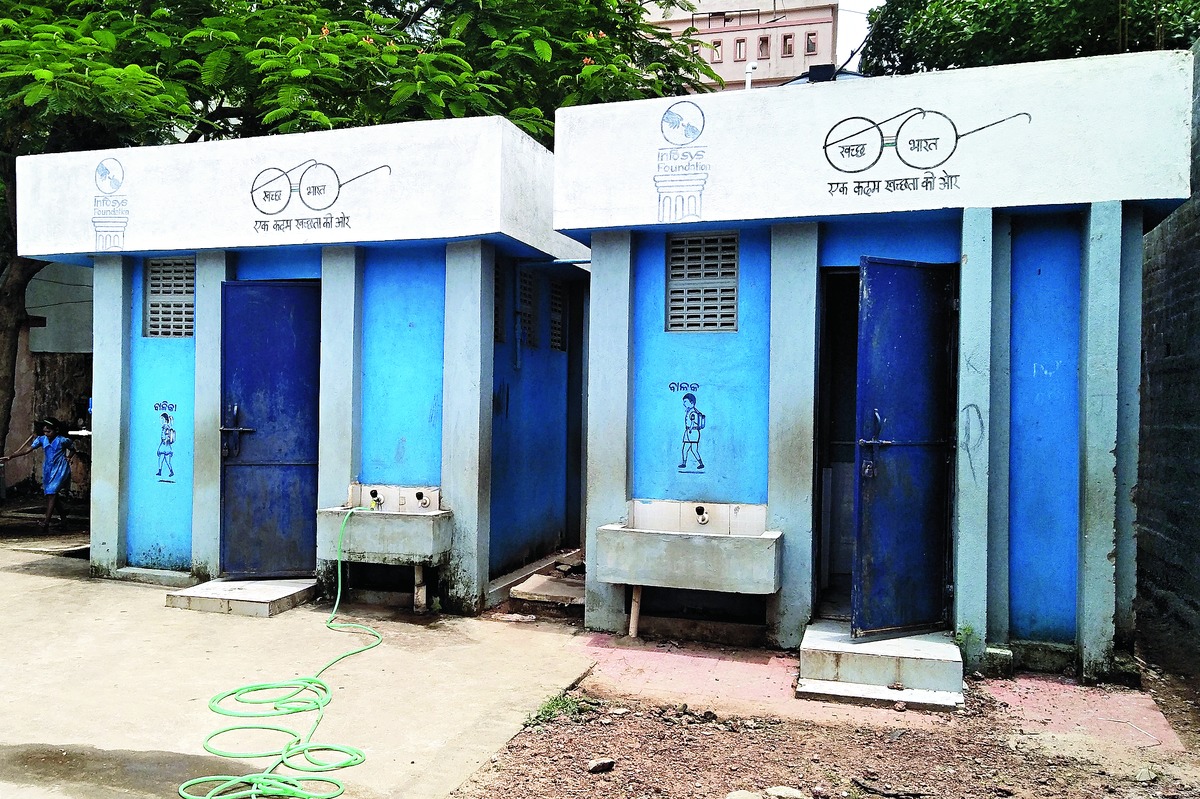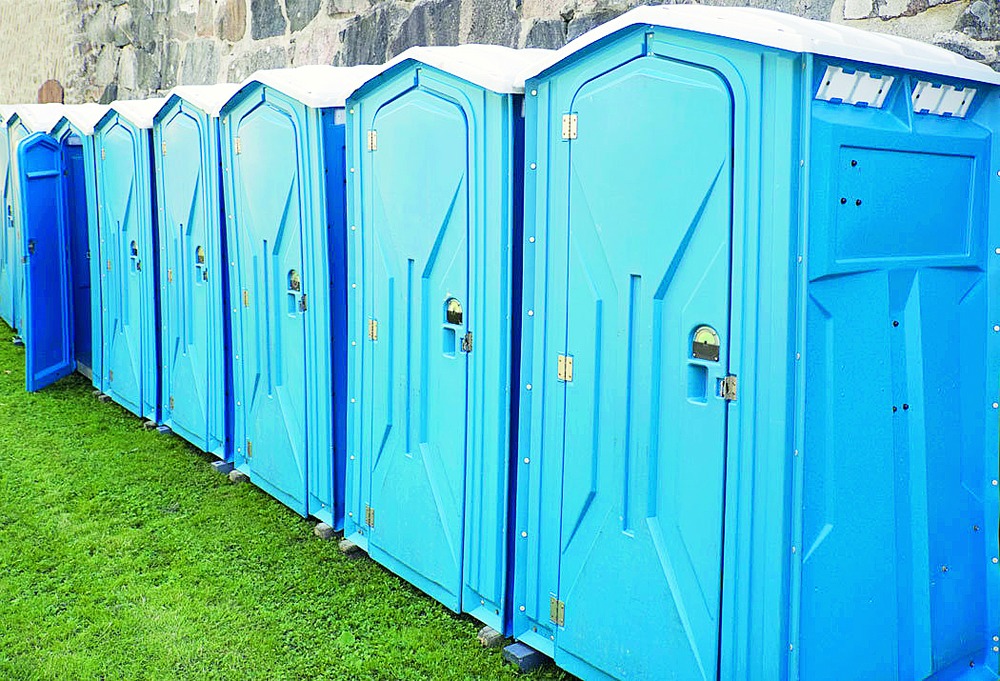Sanitation in India is like the stone of Sisyphus. The closer to mythical freedom from open defecation sanitation statistics take us, the further we are from the truth. The harder the ministry of drinking water and sanitation tries to prove that India has truly stopped defecating in the open because of Swachh Bharat Mission-Gramin, the less credible its claims appear. The latest in a series of statistical jugglery is the National Annual Rural Sanitation Survey 2018-19, conducted by IPE Global and Kantar Public.
This edition of NARSS, the second one after 2017-18, says that 96.5 per cent toilet-owning households use them. Also, the claims of 90.7 per cent open defecation free villages were found to be true. The earlier NARSS had found 93.4 per cent toilet-owning households using them and the claims of 95.6 per cent ODF villages to be true. Expectedly, more households (93.1 per cent in 2019 against 77 per cent in 2018) had toilets.
Let us go further back in time to a study in 2008 by TARU Leading Edge. Under the Total Sanitation Campaign, a rewards system called the Nirmal Gram Puruskar was awarded to ODF panchayats. The study looked at these panchayats, toilet coverage and usage. While 81 per cent had toilets, 63 per cent were in use.
The Research Institute for Compassionate Economics studied the changes in open defecation in rural North India between 2014 and 2018. It reported that open defecation in the region declined from about 70 per cent in 2014 to approximately 44 per cent in 2018. The study analysed National Family Health Survey data to find that open defecation in the region had declined from about 87 per cent of households to about 70 per cent of households between 2005 and 2015.
The reduction in open defecation is because more people have toilets. It is not because they have been convinced that open defecation is harmful to health, or because households can accrue nearly Rs 50,000 in financial gains from using a toilet in the form of lower health costs and higher productivity. This belies the MDWS’s claim of SBM-G being the world’s largest behaviour change programme.
Eliminating open defecation is a laudable objective. The means adopted by SBM are not. From across India, there have been reports of coercing people to make toilets. People ‘caught’ defecating in the open have been harassed, publicly shamed, lampooned in advertisements, portrayed as stupid and worse. Rations have been withheld by over-zealous officials and panchayat members.
Although the subsidy at Rs 12,000 a toilet for ‘eligible’ households is a pittance, many have not even been paid even that in time. These poor people have been forced to build a toilet by pawning their gold, animals or other belongings and held up as ‘champions’.
The statistics trotted out by the MDWS through NARSS are problematic because of several reasons. There has been no attempt at changing societal behaviour that accepts open defecation as normal. Unspent funds for information, education and communication attest to that. The quality of toilets is uneven; even the poor do not use poorly-made toilets. A large percentage of toilets — the number varies from place to place — do not have water and are, therefore, unusable. In the rush to build, state governments have employed contractors to make toilets with little work done on changing behaviours or consideration for quality.
In addition, the messaging around SBM has been women-centric: toilets are needed for their dignity, respect, safety, privacy... Women subscribe to these notions as well and many we have spoken to claim they used to feel ashamed to defecate outdoors but have gained a measure of respect after building a toilet. For men, it’s a different story; they continue defecating outdoors. “Sometimes we need to answer the call of nature while working in the field,” said the sarpanch of Jiwan Sarai in Bijnor, Uttar Pradesh.
What appears from tours of villages and meetings with sanitation workers is that at least 20 per cent of households in any ODF state do not have toilets. Usage amongst those who do so is an optimistic 70 per cent; this means one person per household defecates outdoors every day.
Another major reason is the yardstick taken for ODF. In 2012, the MDWS conducted a survey to determine how many households lacked toilets. These were divided into ‘eligible’ and ‘non-eligible’ categories. All were to get toilets under SBM-G. However, in the seven years since, several million new households have come into being owing to the increase in population and marriages. These are not accounted for.
Statistics from the MDWS were always suspected by sanitation practitioners. Consider the most glaring example. In 2011, the ministry claimed that sanitation coverage was 73 per cent. The same year, the census pointed out that only 40 per cent of households had a toilet. Until 2015, such dubious statistics were freely available on the ministry’s website, giving toilet coverage details down to the household from 1999 when TSC began. Then they disappeared, to be replaced by a sanitized, distilled version, going back only to 2014. It was as if 15 years of programming had simply disappeared to be replaced by a new normal.
It is against this backdrop that any claim made by the MDWS about toilet coverage rings hollow. Owning a toilet is no guarantee of use as several studies, field visits and interviews with sanitation workers have shown. Until the next census comes along, we will simply have to live with these figures and take the MDWS’s statistics with a big crate of salt.












